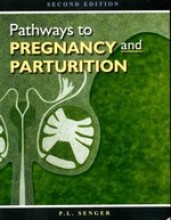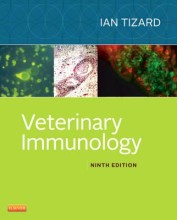Summary: Applied Animal Ecology
- This + 400k other summaries
- A unique study and practice tool
- Never study anything twice again
- Get the grades you hope for
- 100% sure, 100% understanding
Read the summary and the most important questions on Applied animal ecology
-
1 Lecture 1
This is a preview. There are 8 more flashcards available for chapter 1
Show more cards here -
How to increase or decerase population size?
- What causes the increase or decrease?
- Tackle the main factor -
Conceptual model population
- population with individuals with own story
- population:birth + death - individual: gain + loss
- population level -> assumption = no immigration or emigration
- no net rate: could be that birth and death are both low, or both very high and everything in between
- Increase can be achieved in different situations
- What is the key factor that allows for increase/decrease of the population? -
Concenptual model individual
- talk about gain and loss (instead of birth and death)
- Mouth to anus: What do you eat and what do you lose?
- Anabolic (growth) or catabolic (lose)
- Animal as reservoir:- if not replenish: no more intake? > What would happen to the animal? > How long would it survive?
- If one element is covered > next component is the problem
-
2 Lecture 2+3
This is a preview. There are 6 more flashcards available for chapter 2
Show more cards here -
Dispersion (a pattern)
- Random
-Clumped (matter of chance where you find the groups)
- Regular
- Regular clumped (territorial ) -
Geometric growth model
- Nt+1 + Nt + R*Nt
= R=Geometric rate of increase
-> Nt+1 = λ*Nt
= λ= finite rate of increase
-> Nt = N0 λ t -
Exponential growth model
- Nt= No*e^rt
-> λ=e^r -> r-ln( λ)
- Nt = population size at time
- No= start populations size
- E^r = exponential rate of increase
- t= time
- more continuous
- birth and death rate are constant
- When individuals are born they are also gonna reproduce themselves. -
What is the ecological meaning of r
- The growth rate is the combination of the fecundity rate and the mortality rate
- r=difference birth - death = growth rate -
Carrying capacity K
- Whenbirth (b) = death (d)
- When the linescross each other
- What happens when you reach K?- interference competition (directly conflicting with each other)
- change sex ratio's (more females are born -> animals are weak -> it's better to produce a weak female offspring than a weak male offspring)
- More diseases
- More stress
-
Growth rate stable environments
- The concept of carrying capacity has manyassumptions
- not constrained is the least likely to happen -
Change of population size
- dN/dt = r (1-(n/K)*N
- The bigger the growth rate, the moreuncontrollable andchaotic thefluctuation is
- Higher grades + faster learning
- Never study anything twice
- 100% sure, 100% understanding






























